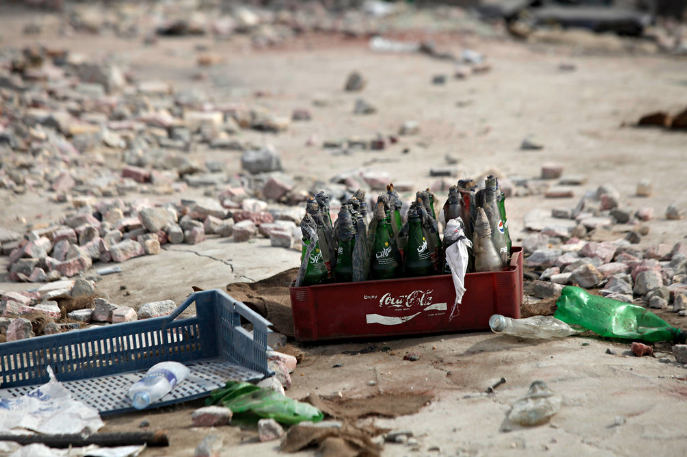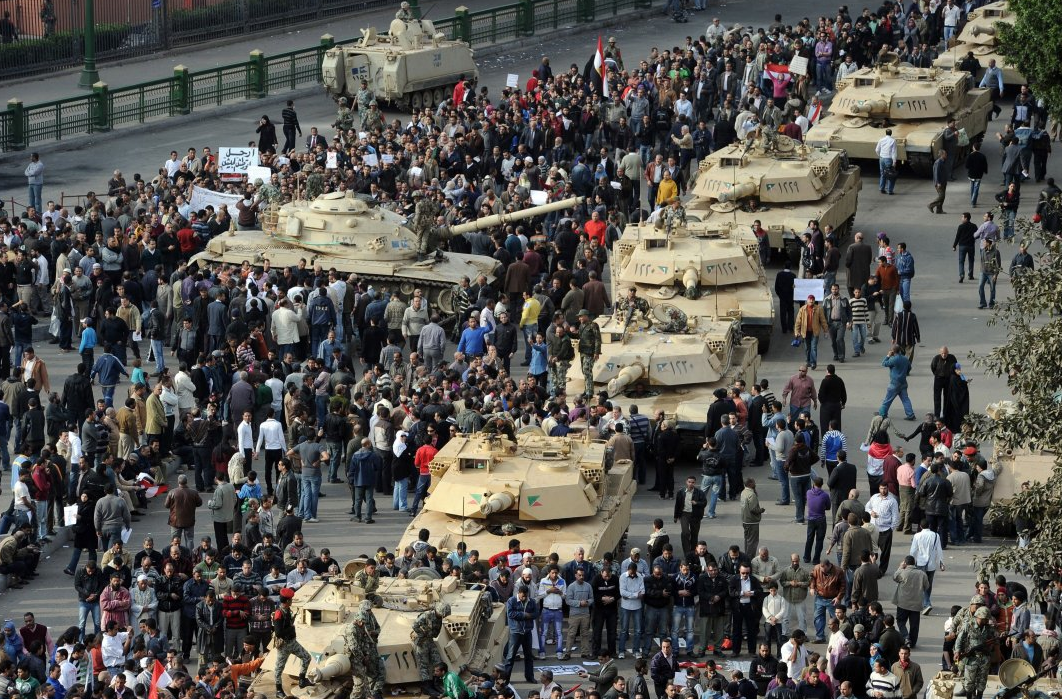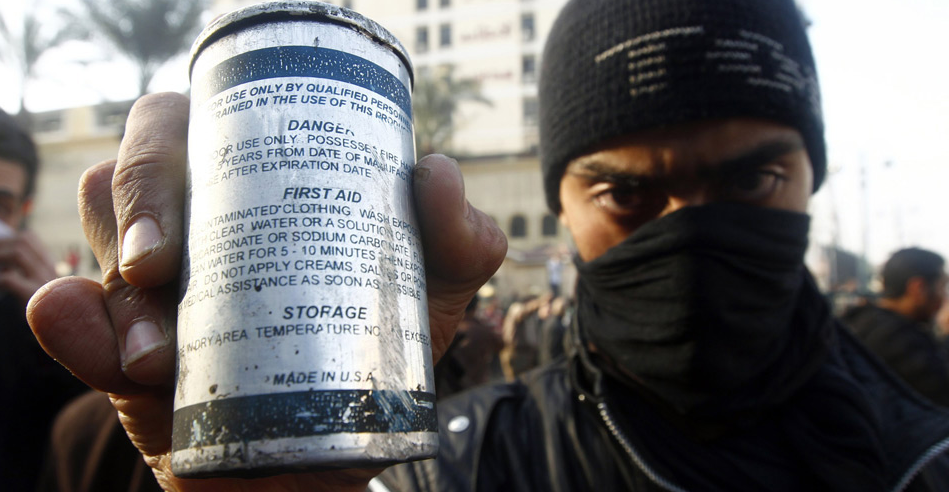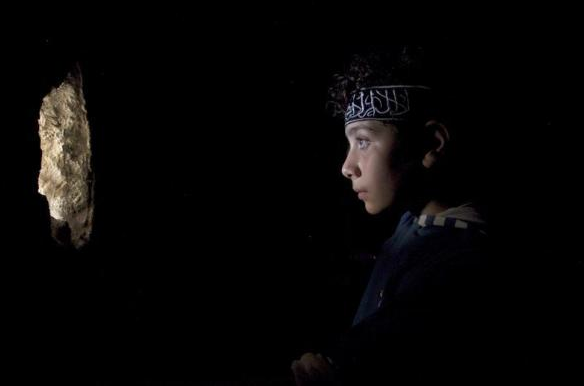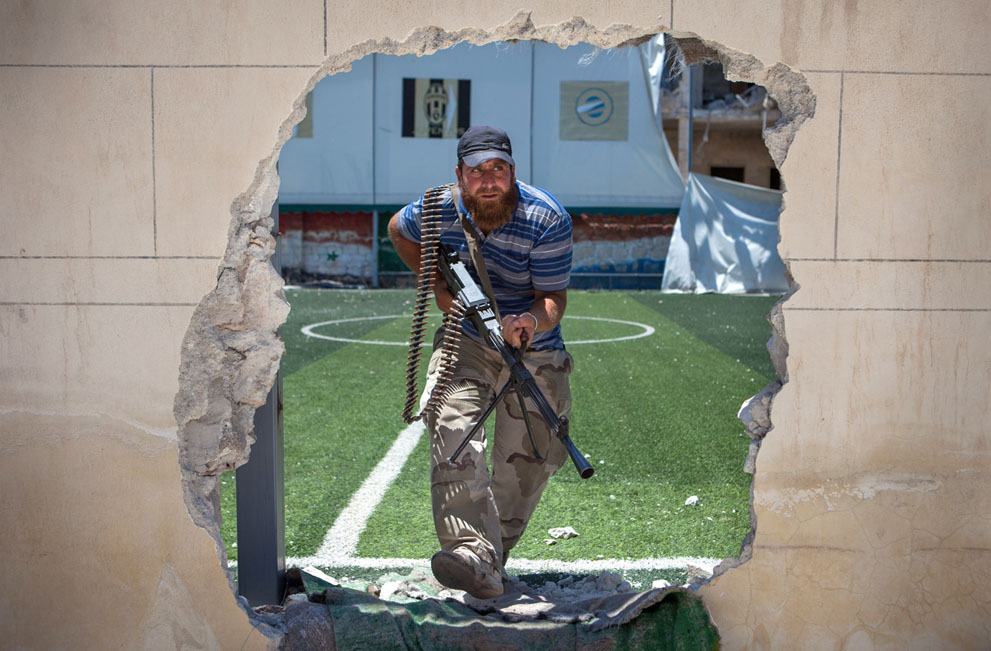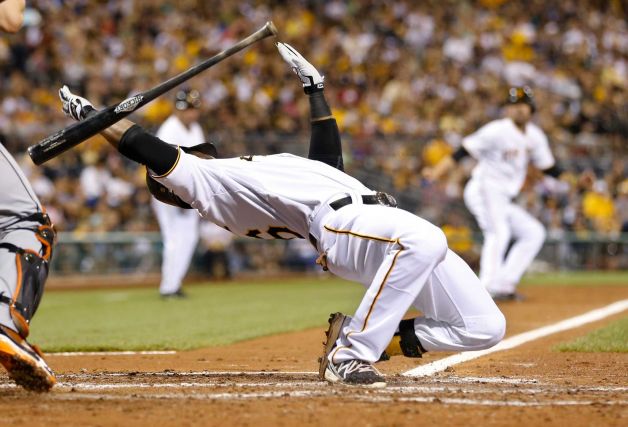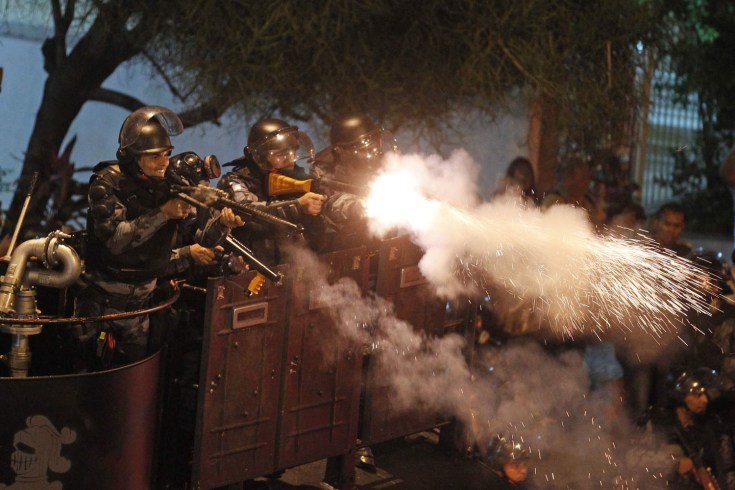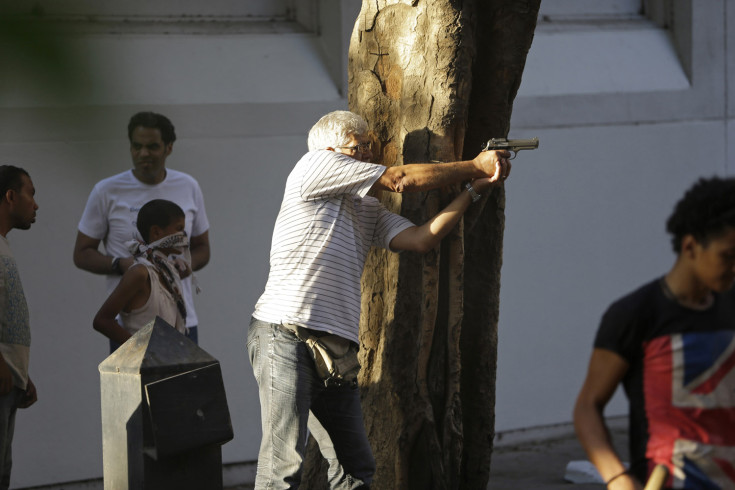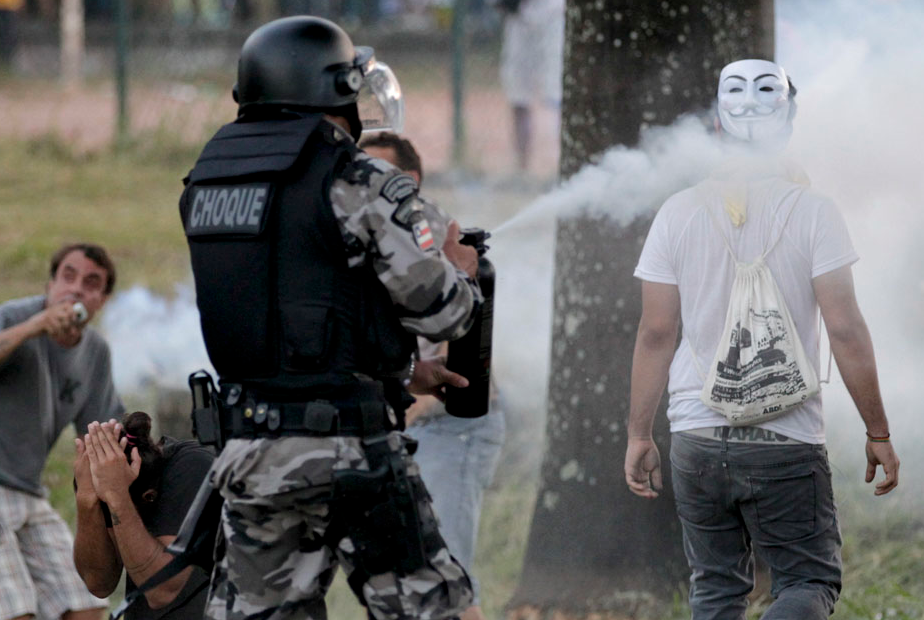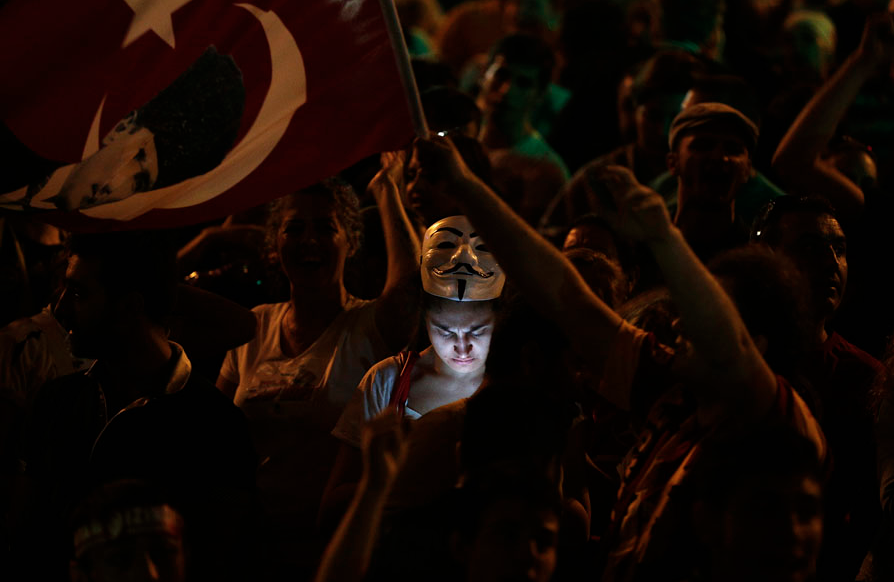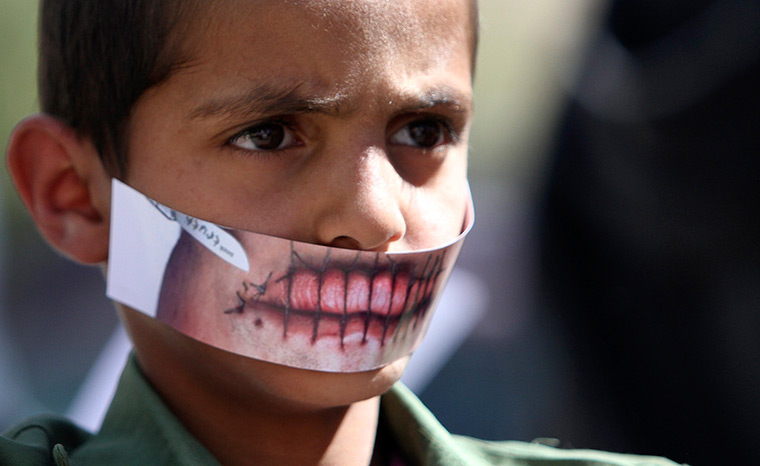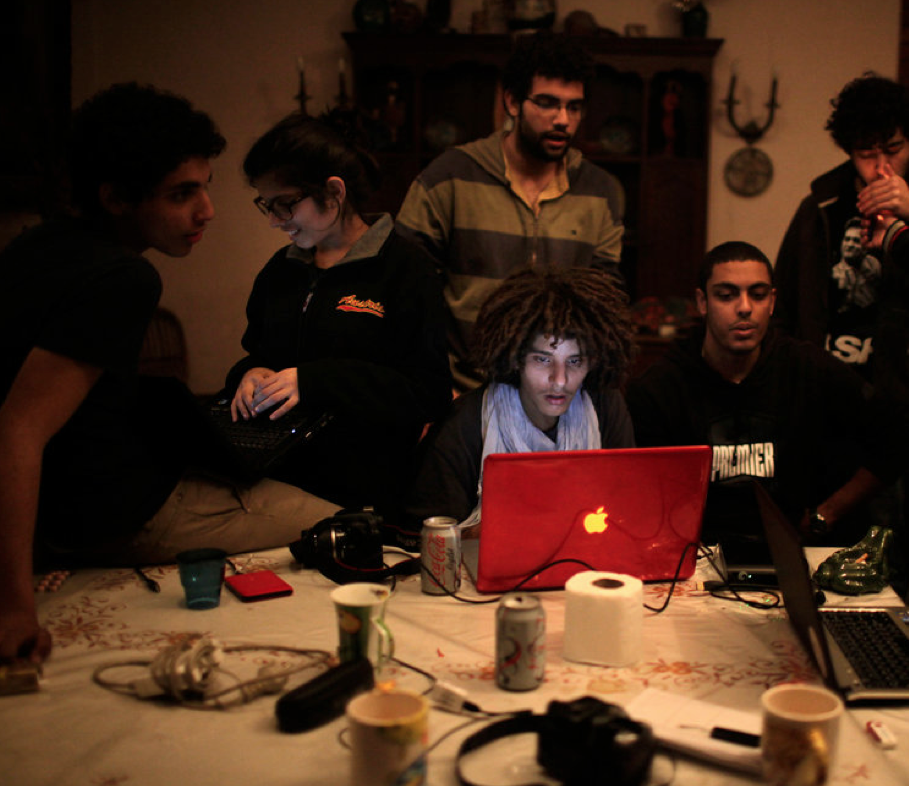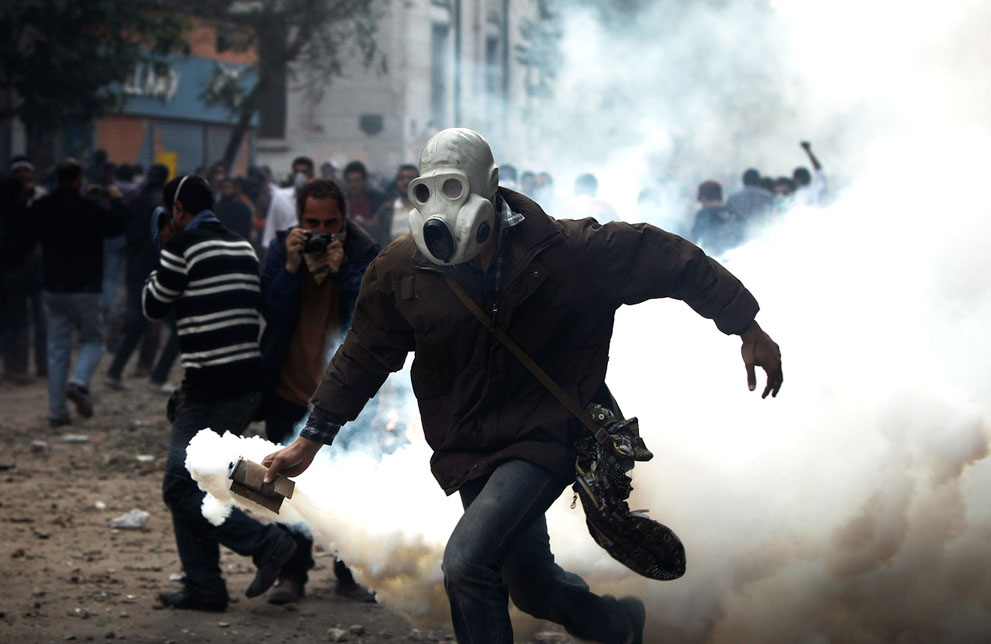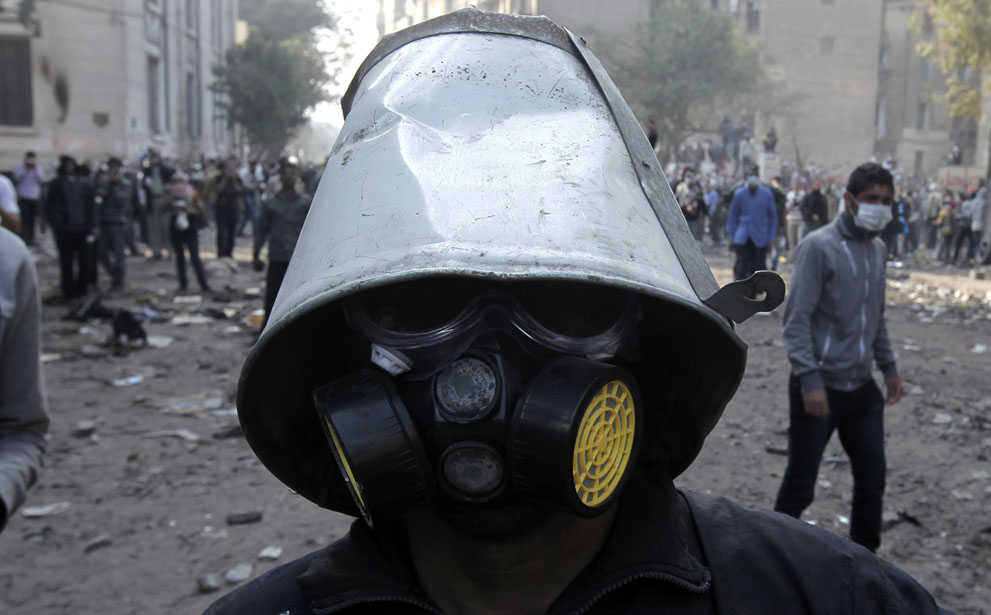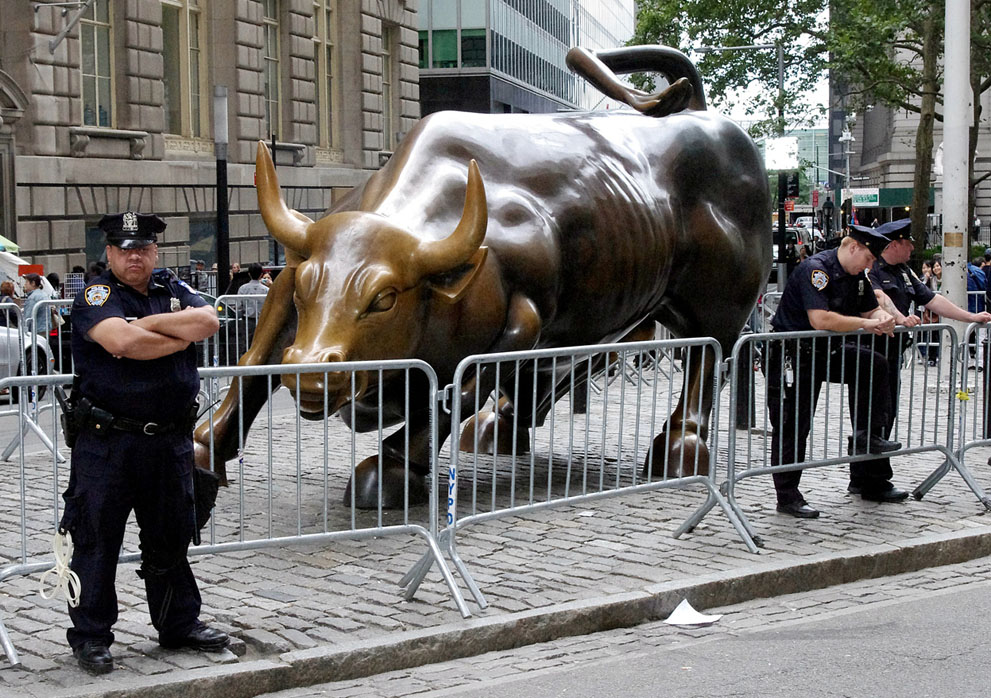There have been so many photographs of the democratic protests in Egypt than one can’t help but look for something unusual.
This image is a remarkable exception to the parade of images: it contains no demonstrators, no police, no political slogans, no action. We don’t see crowds or tanks or flags or blood or burned out buildings. So what is being shown?
Perhaps irony. I thought about making the caption “Things Go Better with Coke.” Some political commentators are quick to contrast citizenship with consumerism, and so this image of pop bottles being “repurposed” as Molotov cocktails can seem doubly misplaced: the consumer product shouldn’t become the vehicle for political action, and the act of making these bottles into weapons degrades politics by turning it to violence. It seems that Coke can’t win as a public good: no matter how much it might be the people’s drink throughout the world, it either distracts or destroys.
But that’s too clever. Whatever irony is there–and some is there–the mood of the image is something else. Organized trash is still trash, and that’s the best in the scene. Broken and crumpled plastic are so much flotsam in this sea of stone, and the dingy case holding the grungy bottles is hardly a triumph of civilization. True, someone carefully prepared each of the weapons, but now they sit there as if forgotten like some old thing left at the beach at the end of the season. The scene seems forlorn, as if they called for a revolution and nobody came.
But, of course, the people did come.
Now we’re back to a more conventional image, and a beauty at that. This view of Tahrir Square in the evening, filled with crowds and lights, brings back so much of what was missing before: the city framing the demonstration reminds us of its purpose of political reform on behalf of the general welfare, something that is being articulated by the banners and everything else flowing into the square. The intensity of the scene is communicated both by the sheer density of the crowd and by the lights burning brightly. The symbolism is obvious but no less meaningful for that: a democratic Egypt is awakening, blazing forth here and there and here again amidst the darkness produced by decades of authoritarian rule.
So it is that we are tempted to allow the second image to displace the second. How much nicer it is to be lifted up emotionally rather than pushed into sarcasm or discouragement. The pictures are not merely opposites, however. Light is an effect of fire, and electric lights are the descendants of fire, and Molotov cocktails are weapons of fire. More to the point, one reason the demonstrators can fill the square on Day 15 of the protests–one reason they can still be there, well-organized against the night–is that not too long ago some of them were making and throwing Molotov cocktails. Despite all the froth in press coverage about Facebook and the Internet, this revolution has been a bloody battle.
We all should be grateful that it may be developing into a more peaceful and more recognizably political process. But amidst the calls for “calm” and “patience,” we should not forget that democracy at times has to resort to violence. Those who start there should be trusted even less than those who call for civility when it protects the corrupt, but there are other alternatives. I don’t know whether the bottle bombs shown above were ever used, or even if they were used by those opposing Mubarak or those supporting him. In Egypt as elsewhere, most of the violence will have been directed against the protesters by reactionary forces who usually are well-armed. The fact remains, however, that more than one democracy has of necessity been born in violent confrontation. The lights in the square this week may have been started by those who last week were willing to fight fire with fire.
Photographs by Ed Ou/New York Times and Hannibal Hanschke/DPA/ZUMAPRESS.com.
